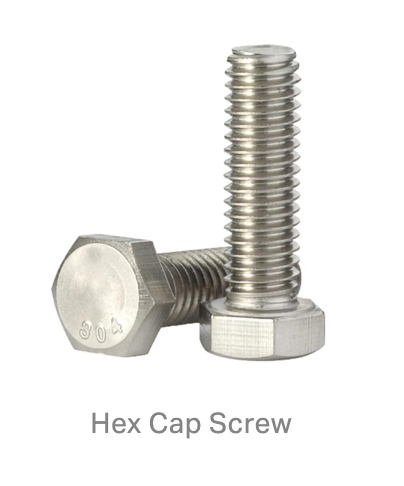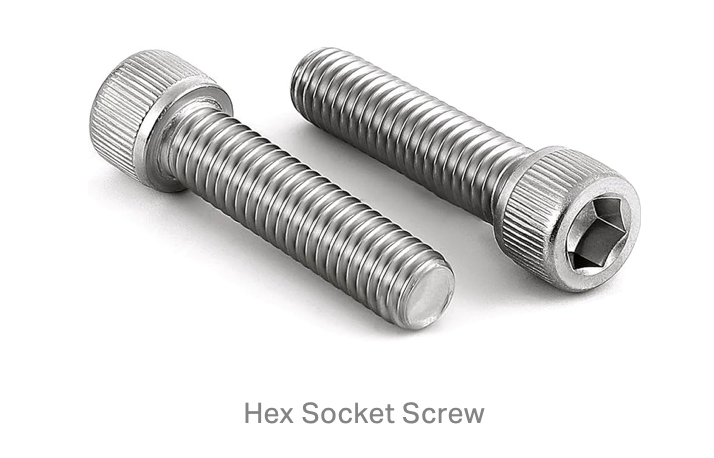Hex Head and Socket Head Cap Screws
Have you ever wondered what the differences are between Hex Head Cap Screws and Socket Head Cap Screws? While both screws create strong joints, they differ in the following ways:
1. Head Design: Hex Head Cap Screws are flat on the tip of the screw, while Socket Head Cap Screws have a cylindrical head with a hexagonal socket. The difference is not only functional but also aesthetic. The Socket Head Cap Screw generally has a more modern look compared to the traditional look of the Hex Head Cap Screw.
2. Installation Tools: Hex Head Cap Screws require a crescent wrench to tighten them, while Socket Head Cap Screws simply require an Allen wrench. The benefit of using an Allen wrench is that it can access tighter places.
3. Applications: Hex Head Cap Screws are used in heavy-duty structural applications while Socket Head Cap Screws are used in applications where tight spaces or aesthetics are an issue. Socket Head Cap Screws are often found in technical equipment and electronics.
4. Debris: The disadvantage of the Socket Head Cap Screw is that debris can accumulate in the socket, which results in premature wear. Hex Head Cap Screws do not have this problem as there is no socket into which debris can fall.
5. Wear: This is a toss-up. Some people think the Socket Head Cap Screws have the advantage of not stripping as much as the Hex Head Cap Screw, while others feel it is the Hex Head Cap Screw that has the advantage, as the Socket Head Cap Screws rounds more easily.
Visit www.olander.com to browse our wide selection of both Hex Head Cap Screws and Socket Head Cap Screws
or call 1-800-538-1500 to speak to our fastener experts.





